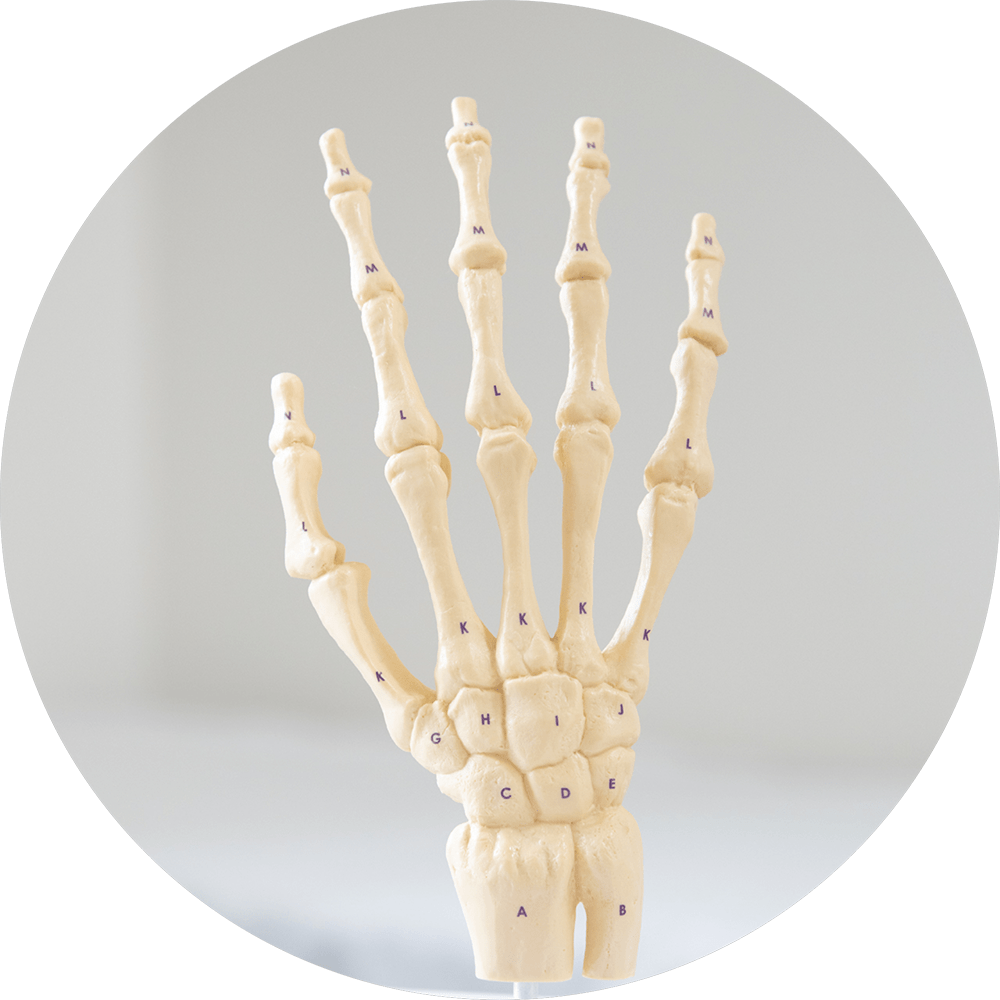Trigger finger is a condition in which one of your fingers gets stuck in a bent position. Your finger may bend or straighten with a snap — like a trigger being pulled and released.
Trigger finger is also known as stenosing tenosynovitis (stuh-NO-sing ten-o-sin-o-VIE-tis). It occurs when inflammation narrows the space within the sheath that surrounds the tendon in the affected finger. If trigger finger is severe, your finger may become locked in a bent position.
People whose work or hobbies require repetitive gripping actions are at higher risk of developing trigger finger. The condition is also more common in women and in anyone with diabetes. Treatment of trigger finger varies depending on the severity.

Anatomy
Signs and symptoms of trigger finger may progress from mild to severe and include:
- Finger stiffness, particularly in the morning
- A popping or clicking sensation as you move your finger
- Tenderness or a bump (nodule) in the palm at the base of the affected finger
- Finger catching or locking in a bent position, which suddenly pops straight
- Finger locked in a bent position, which you are unable to straighten
Trigger finger can affect any finger, including the thumb. More than one finger may be affected at a time, and both hands might be involved. Triggering is usually more pronounced in the morning, while firmly grasping an object or when straightening your finger.
Seek immediate medical care if your finger joint is hot and inflamed, as these signs may indicate an infection.
If you have any stiffness, catching, numbness or pain in a finger joint, or if you can’t straighten or bend a finger, make an appointment with your doctor.
Causes & Risk Factors
Causes
Tendons are fibrous cords that attach muscle to bone. Each tendon is surrounded by a protective sheath. Trigger finger occurs when the affected finger’s tendon sheath becomes irritated and inflamed. This interferes with the normal gliding motion of the tendon through the sheath.
Prolonged irritation of the tendon sheath can produce scarring, thickening and the formation of bumps (nodules) in the tendon that impede the tendon’s motion even more.
Risk factors
Factors that put you at risk of developing trigger finger include:
- Repeated gripping. Occupations and hobbies that involve repetitive hand use and prolonged gripping may increase your risk of trigger finger.
- Certain health problems. People who have diabetes or rheumatoid arthritis are at higher risk of developing trigger finger.
- Your sex. Trigger finger is more common in women.
- Carpal tunnel syndrome surgery. Trigger finger may be a complication associated with surgery for carpal tunnel syndrome surgery, especially during the first six months after surgery.
Have a question or inquiry or looking for some more information about our services, get in touch and we will be happy to assist.